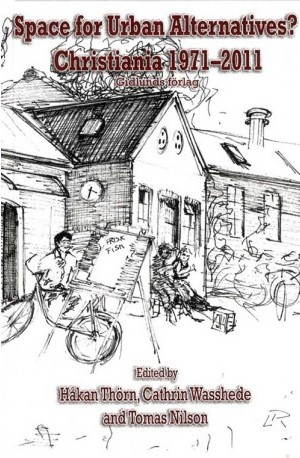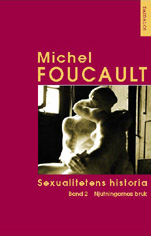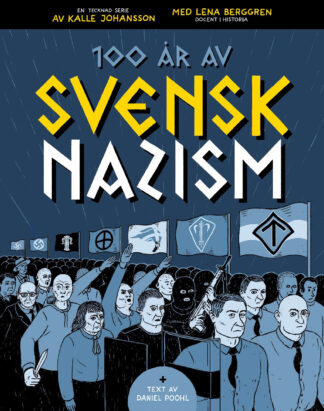Beskrivning
In 1971, a group of young people broke into a closed down military area in Copenhagen. It was located not more than a mile from the Royal Danish palace and Danish Parliament. soon, the media published images and reports from the proclamation of the Freetown Christiania, and people travelled from all over Europe to be part of the foundation of a new community.
A ’Christiania Act’ passed by a broad parliamentary majority in 1989 legalised the squat and made it possible to grant Christiania the right to collective use of the area. However, this was reversed under the Liberal-Conserative government in 2004 when the parliament decided on changes in the 1989 Christiania law. The Freetown has refused to give up its claims on the property so its remains highly contested.
Around 900 people live in Christiania today. It is governed through a decentralised democratic structure, whose autonomy is strongly contingent on the Freetown’s external relations with the Danish government, the Copenhagen Municipality, the Copenhagen Police and to organised crime in connection with the cannabis trade.
This book brings together ten researches from various disciplines: Sociology, Anthropology, History, Geography, Art, Urban planning, Landscape architecture and Political science to bring their own reflections on the unique community that is Christiania. In the introductory chapter, the editors provide an overview of the research that has been done on the settlement from the early 1970s to the 2000s.




